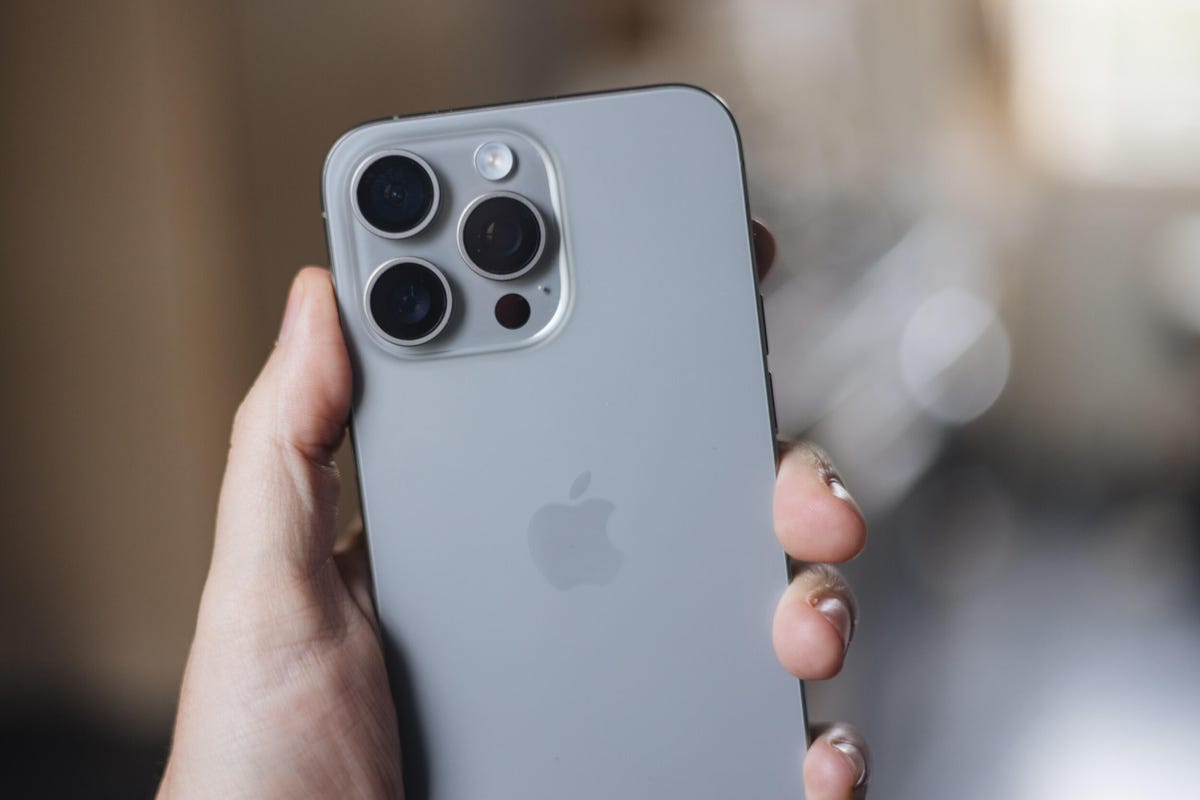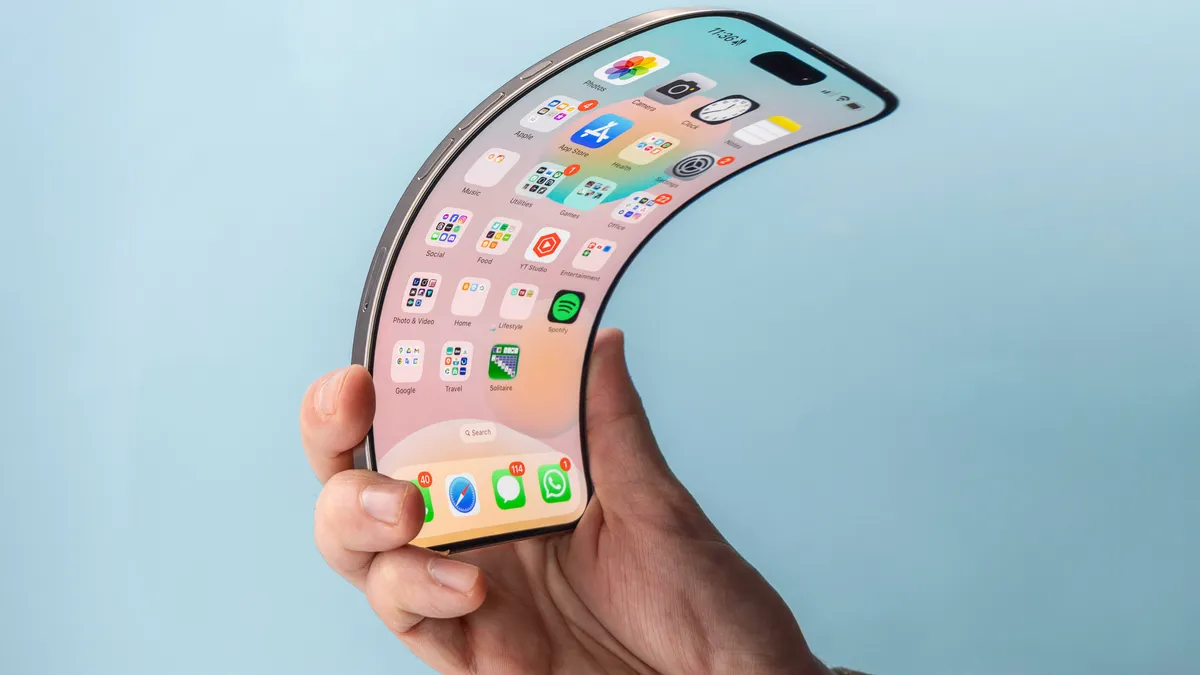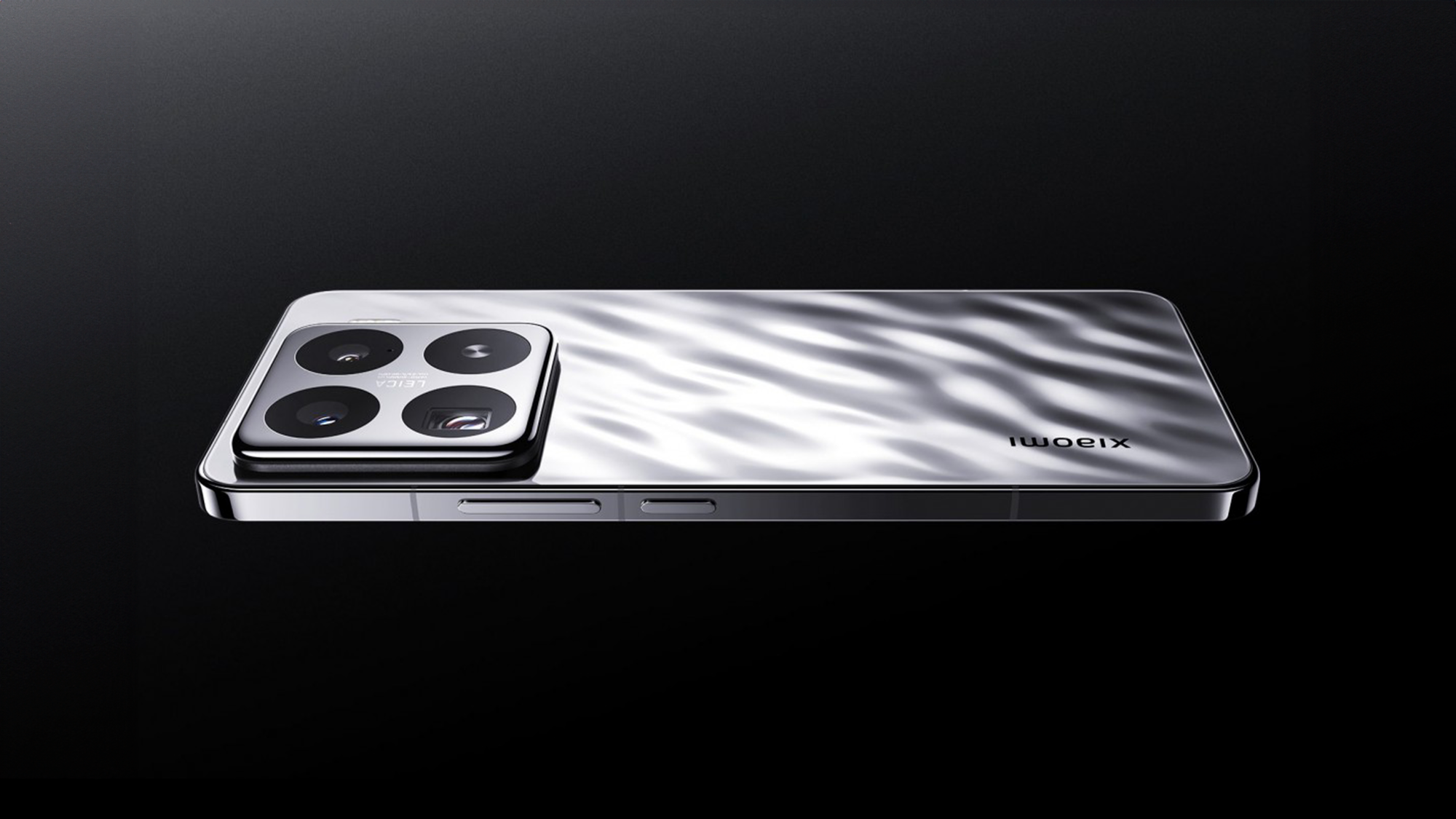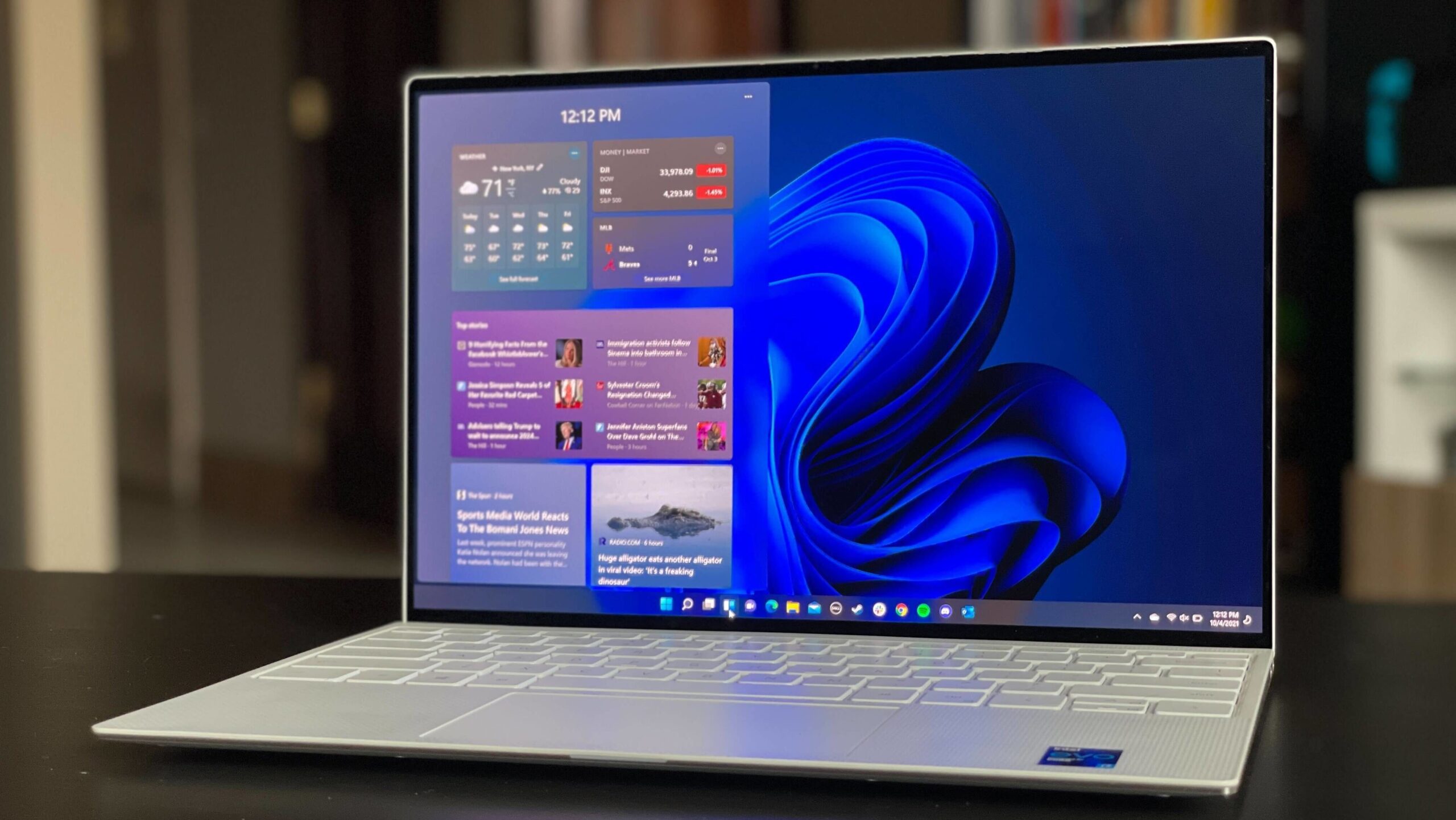With both Google and OnePlus getting in on the foldable phone game this year, Apple runs the risk of not just losing out on potential customers, but allowing rivals like Samsung to become the go-to name for the category, which could make it harder for Apple to make an impact if it eventually launches its own folding product. Furthermore, early foldable adopters attracted by the fancy bending tech may be too entrenched in the Android ecosystem by the time Apple’s phone arrives to want to switch to iOS.
But Apple is unlikely to be worried. It’s predicted that around 20 million foldables from all manufacturers will be sold worldwide in 2023, while Apple reportedly sold 26.5 million iPhone 14 Pro Max handsets in the first half of the year alone. Clearly, Apple knows it has yet to miss the boat.

Apple has always found success in biding its time, observing the industry and launching its own take on a product when it’s ready. Apple didn’t invent phones, tablets, smartwatches or computers, but it found ways to take existing products and make them more useful, more valuable in day-to-day life and, dare I say, more exciting. It’s why the iPhone, iPad, Apple Watch and Mac lines dominate in the market today.
Few Android developers are embracing the folding format, and it’s not difficult to see why; the users aren’t there in sufficient numbers yet to justify the time and expense to adapt their software across a variety of screen sizes. The multiple folding formats already available mean Android foldables face the same fragmentation issue that has plagued the platform since the beginning. Android-based foldables are simply a more difficult platform for developers to build for than regular phones. Apple would be able to change that, as it proved with the iPhone and iPad.




